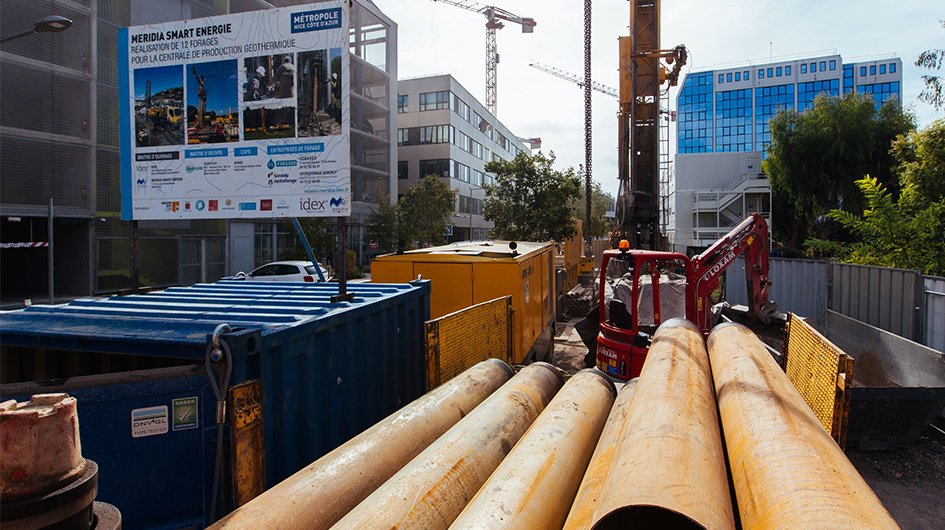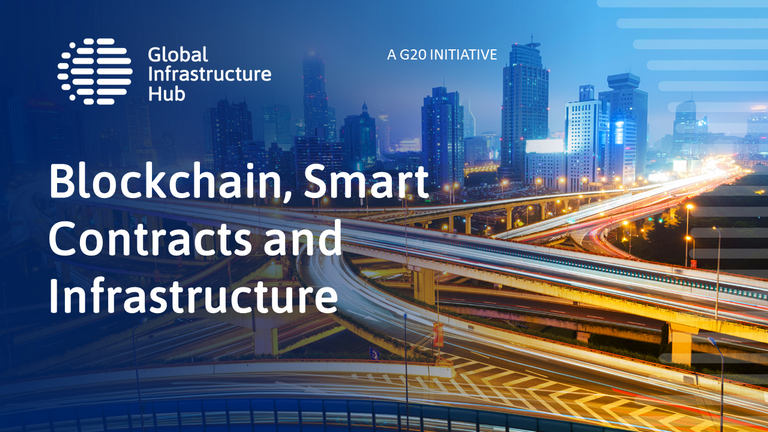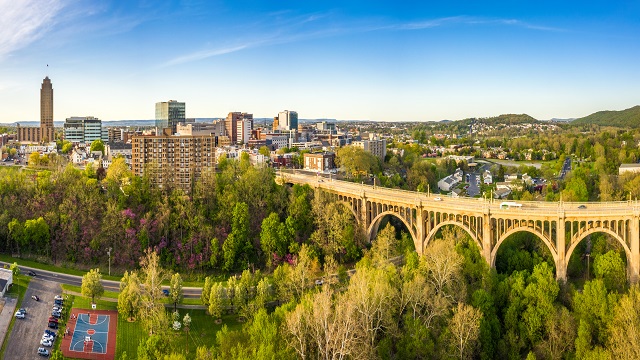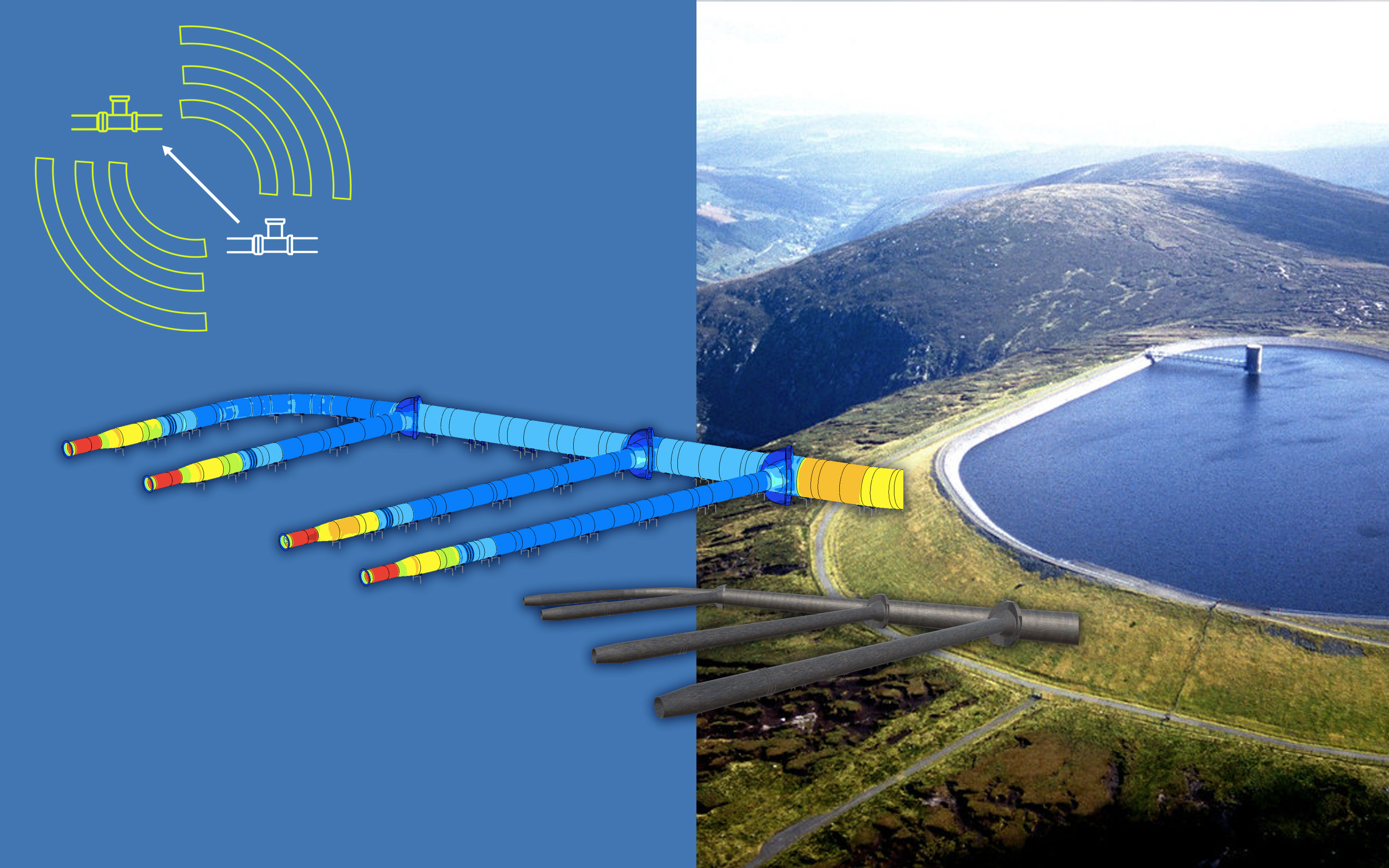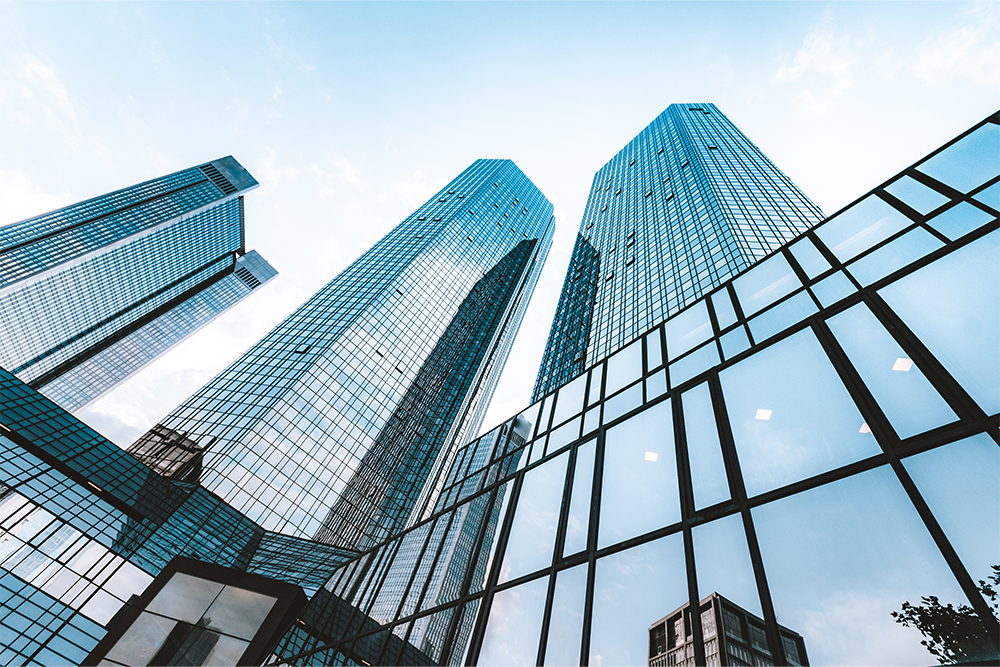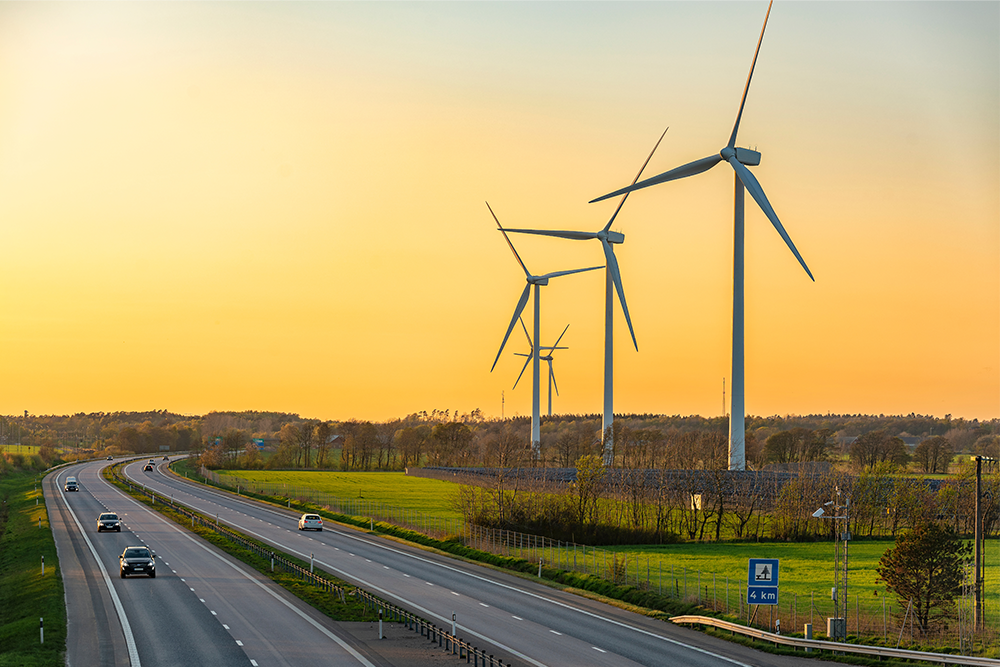Articles
Filter by
196 results found
Articles
Our latest Q&A explores the key objectives, learnings, and insights from the Infrastructure Governance in Canada Report
Read time: 6 minutes
Published
23 Jun 2023
View article


Articles
In 2018, the City of Nice in southern France signed a 25 year contract with IDEX to design, finance, realise, operate, and maintain a heating and cooling network as well as to implement a smart grid for energy efficiency. IDEX is implementing this project in the 500,000m2 Nice Meridia district, which is home to office space, retail, leisure, housing, schools, and a hospital.
Read time: 5 minutes
Published
14 Jul 2021
View article


Articles
From robust governance to leadership, discover why Singapore is a global leader in infrastructure.
Read time: 3 minutes
Published
16 Feb 2021
View article


Published
19 May 2018
View article


Articles
Can investment in infrastructure fuel economic recovery? Is there a role for infrastructure in the transition to a circular economy? Hear what insights GI Hub's CEO, Marie Lam-Frendo shared in this interview for the official G20 Italy: The 2021 Rome Summit publication.
Read time: 6 minutes
Published
29 Oct 2021
View article


Articles
We look at some options for the US to effectively fund and facilitate the delivery of major infrastructure projects.
Read time: 3 minutes
Published
09 Feb 2021
View article


Articles
In 2019, Irish electricity company ESB was seeking a solution to help them understand the structural health of its 47-year-old Turlough Hill pumped storage station, which generates up to 292MW into the Irish grid during peak demand periods and – as Ireland’s only pumped storage station – has a crucial role in the country’s ongoing transition to renewable energy grid stabilisation.
Read time: 6 minutes
Published
23 Sep 2021
View article


Articles
Improving the delivery of capital works and maintenance of water networks is essential to improving access to water and to do this, we need to rethink how we deliver infrastructure. Sydney Water has done just this with their Partnering for Success framework.
Read time: 8 minutes
Published
27 Jan 2022
View article


Articles
The current energy crisis underscores the urgency to scale up green infrastructure investment.
Read time: 7 minutes
Published
25 Nov 2022
View article


Articles
GI Hub CEO Marie Lam-Frendo discusses energy storage's disruptive potential and how its future is becoming increasingly important in light of the trends in global energy supply and demand.
Read time: 6 minutes
Published
28 Aug 2020
View article


Articles
Discover three trends in infrastructure design and use that resulted from the pandemic and are likely going to remain relevant to the infrastructure of the future.
Read time: 2 minutes
Published
20 Oct 2020
View article


Articles
An introduction to our new blog series on policy implications related to key data findings from Infrastructure Monitor.
Read time: 4 minutes
Published
12 Nov 2020
View article


Articles
We speak with the Colouring Cities Research Programme’s Polly Hudson on how open platforms for building attribute data will help to solve common urban challenges, and help increase the quality, sustainability, efficiency, and resilience of buildings.
Read time: 4 minutes
Published
02 Jul 2023
View article


Articles
Nicholas Yandle, Head of Programmes - Project Futures, UK IPA shares insights on their recent Roadmap, exploring ways to achieve digitalisation, standardised approaches and carbon emissions reductions when it comes to infrastructure delivery.
Read time: 6 minutes
Published
06 Jul 2022
View article


Articles
Achieving the United Nations Sustainable Development Goals will require massive investment in developing countries. Blended finance, which combines concessional public funds with commercial funds, can be a powerful means to direct more commercial finance toward impactful investments that are unable to proceed on strictly commercial terms
Read time: 5 minutes
Published
27 Apr 2022
View article


Articles
The urgent need for resilient infrastructure is widely acknowledged as pressure mounts on governments around the world to drive a post-pandemic recovery that embodies the promise of ‘building back better.’ Today, we look at what the pandemic has shown us about resilience in infrastructure and what resilient infrastructure might look like in the future.
Read time: 3 minutes
Published
09 Apr 2021
View article


Articles
Latin American and the Caribbean countries have a large, and increasing, infrastructure quantitative, qualitative and efficiency gap. The lack of sufficient physical assets, inadequate maintenance and poor service provision negatively impacts the quality of life of its population and the competitiveness of its economies.
Read time: 6 minutes
Published
06 May 2021
View article


Published
18 Sep 2017
View article




